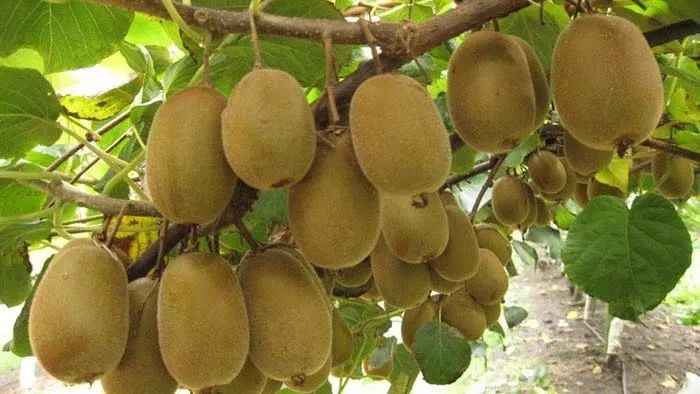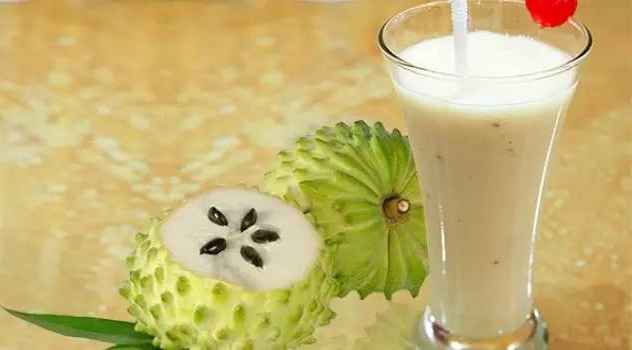Exotic Tropical Fruits of the Amazon: A Closer Look at Açaí, Cupuacu, and GraviolaNestled in the heart of the Amazon rainforest lies a trove of unique tropical fruits, each with distinct nutritional profiles, traditional uses, and fascinating characteristics. Below is an exploration of three remarkable Amazonian fruits that have captured attention both locally and globally.
May 19, 2025, 11:35 am EDT
1. Açaí – Brazil’s National Fruit
2. Cupuacu – The "Youth Fruit" of the Rainforest
3. Graviola – The Tropical Elixir for Relief
Conclusion












